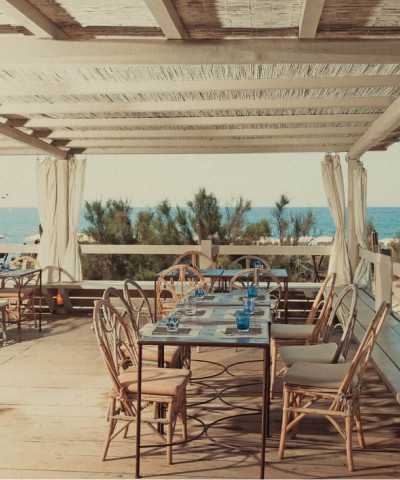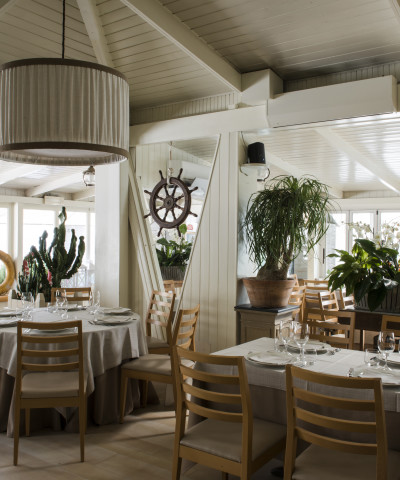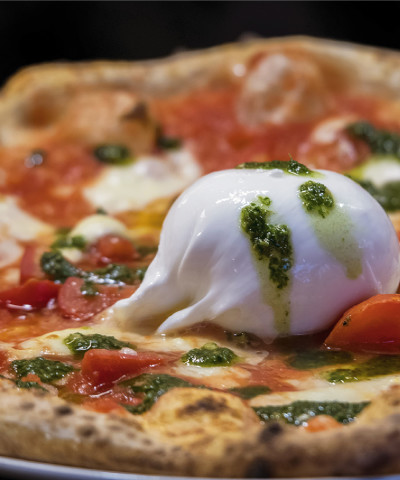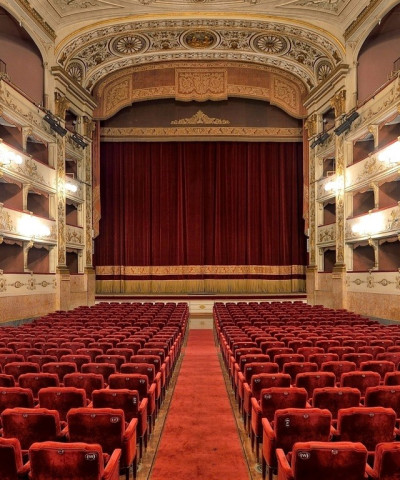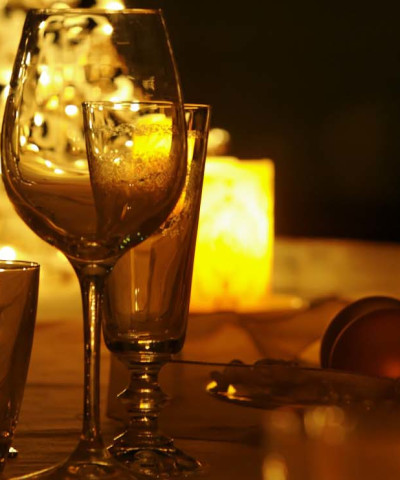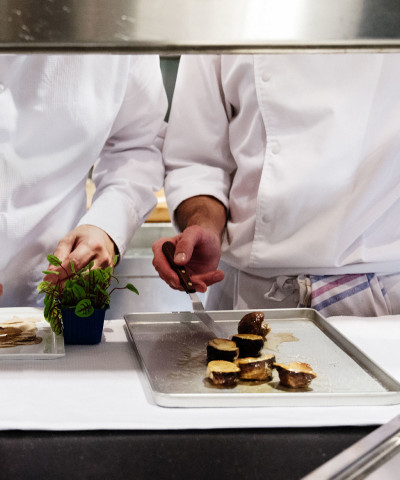Marina’s Tuscany
The artist and this land: a deep bond begun in an old van in 1977
Until January 20, Palazzo Strozzi is hosting the first major retrospective in Italy dedicated to Marina Abramović (born in Belgrade, November 30, 1946), one of the most celebrated and controversial figures in contemporary art. For the first time, a woman takes centre stage in an exhibition at the Renaissance palace.
Marina Abramović, the Serbian-American artist known around the world for her leading role in experimentation in body art, revolutionized the idea of performance, putting her body, limits and potential of expressions to the test, and explored the most instinctive and dark facets of the human heart, playing with the limits between life and death.
She’s spent many important moments in Tuscany since 1977, when, with her then-partner Ulay, she travelled all over the region on board a Citroën van. This is attested to in Somewhere in Tuscany, a beautiful photo showing Marina smelling a bunch of freshly-picked wild flowers, highlighting the atmosphere and fusional personality created by the two artists at the start of their story, when life and art were one. An important part of her artistic and spiritual journey is her second meeting with the Dalai Lama (the first in India in 1980), which took place in Pomaia, Tuscany, home to one of the most important Buddhist centres in Europe. Marina had the opportunity to interview him and develop the idea of “Avalokiteshvara (Dalai Lama Film 1983)”, a film made later in Frankfurt and directed by the artist. The work focuses on the Dalai Lama’s message of peace and aims to express the representation of the compassion of all Buddhists, which can be received, even if only as a blessing, by non-Buddhists.
In 1985, Marina and Ulay were still in Tuscany. While in Florence for three months, hosted at Villa Romana, a place where artists would come together from all over the world, they worked on a theatre project titled Fragilissimo, centred on the figure of a woman (Marina), on which three points of view converge: son, sister and lover. Music by Selinger, Van der Velde and Larry Steinbachek and light designs by Tuscan artist Marco Bagnoli make this piece a veritable theatre performance, a portrait composed of images, fragments of conversation and music, building, distorting and unifying her person and, through her, us. The work was meant to be staged at Teatro Nicolini but, for organizational problems, this didn’t happen. It was instead performed in Amsterdam and Stockholm. During their stay in Florence, on September 21, 1985, Marina and Ulay joined Mario Mariotti, a versatile artist and founder of the self-managed space Zona in piazza Santo Spirito, for FIRE-NZE, a thematic happening that also involved many Italian and foreign artists, playing on the allegorical importance of the first four letters of the city’s name in Italian (fire). During this warm “fired-up” evening, painted fabrics hanging from the all the windows in the piazza, some of which were made by Marina and Ulay, with a theme of the heart and the devil, seemed to evoke Florentine festivals during the Renaissance. During the project Arte all’Arte, curated by the Associazione Arte Continua, Marina Abramović participated in an exceptional performance. On September 16, 2001, in the former neuropsychiatric hospital in Volterra, in the pavilion named after Jean-Martin Charcot, the famous 19th-century French specialist in neurological disorders, Marina presented “Mambo at Marienbad” (from the Alain Resnais film Last Year at Marienbad).
The installation/performance was designed by the artist to make use of the energy of a place steeped in such painful memories, evidence of a controversial past. The public was invited to take off their shoes, wearing instead the mambo shoes made available at the door, and walk down a corridor that opens onto the rooms of former patients. The walk was slowed by magnets applied to the soles of the shoes, making it difficult to reach the end of the corridor, where, in a room with half-closed windows, Marina bursts forth wrapped in a bright red dress, dancing wildly to Mambo italiano (an allusion to Mangano). The melody of an old song added a touch of nostalgia to the strong contrast created by the co-existence of the painful atmosphere of the place and the lively image of Marina dancing.










